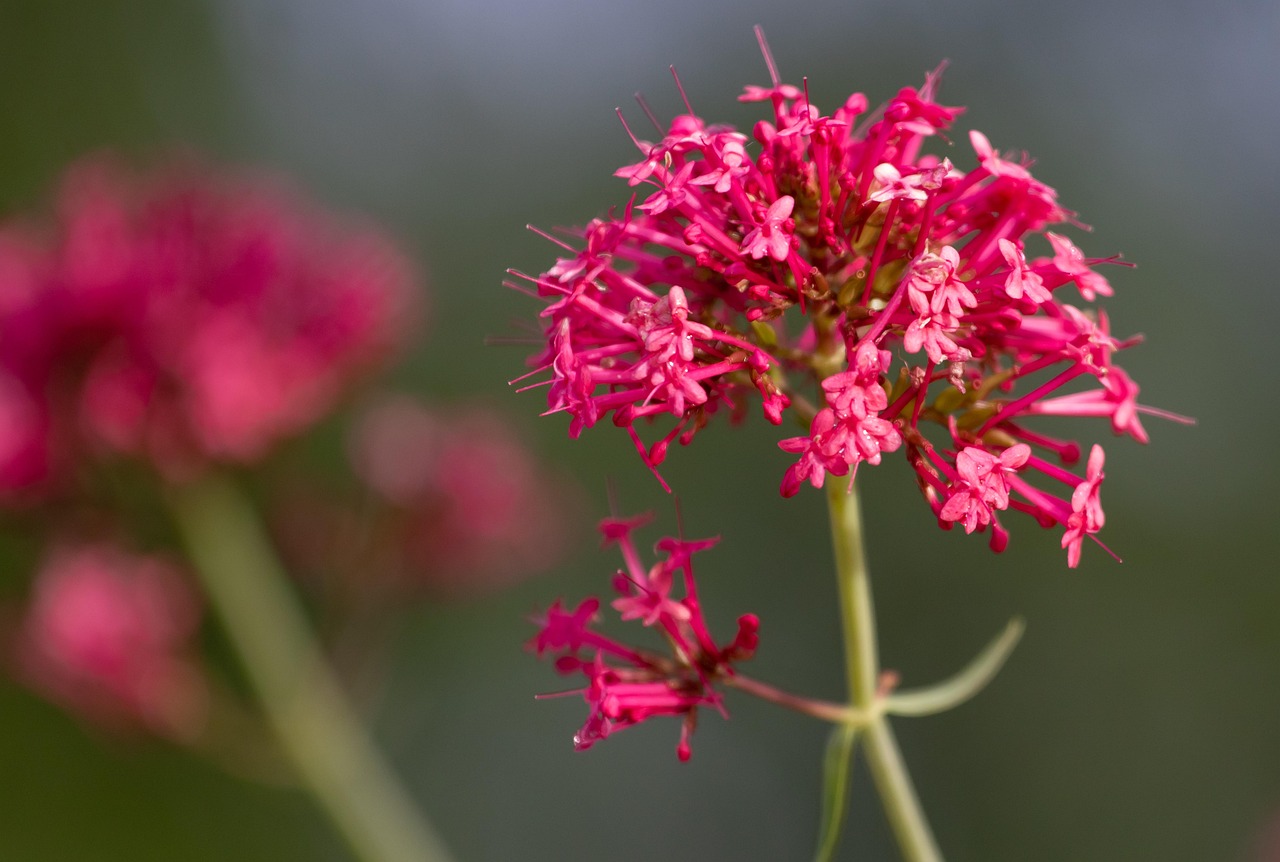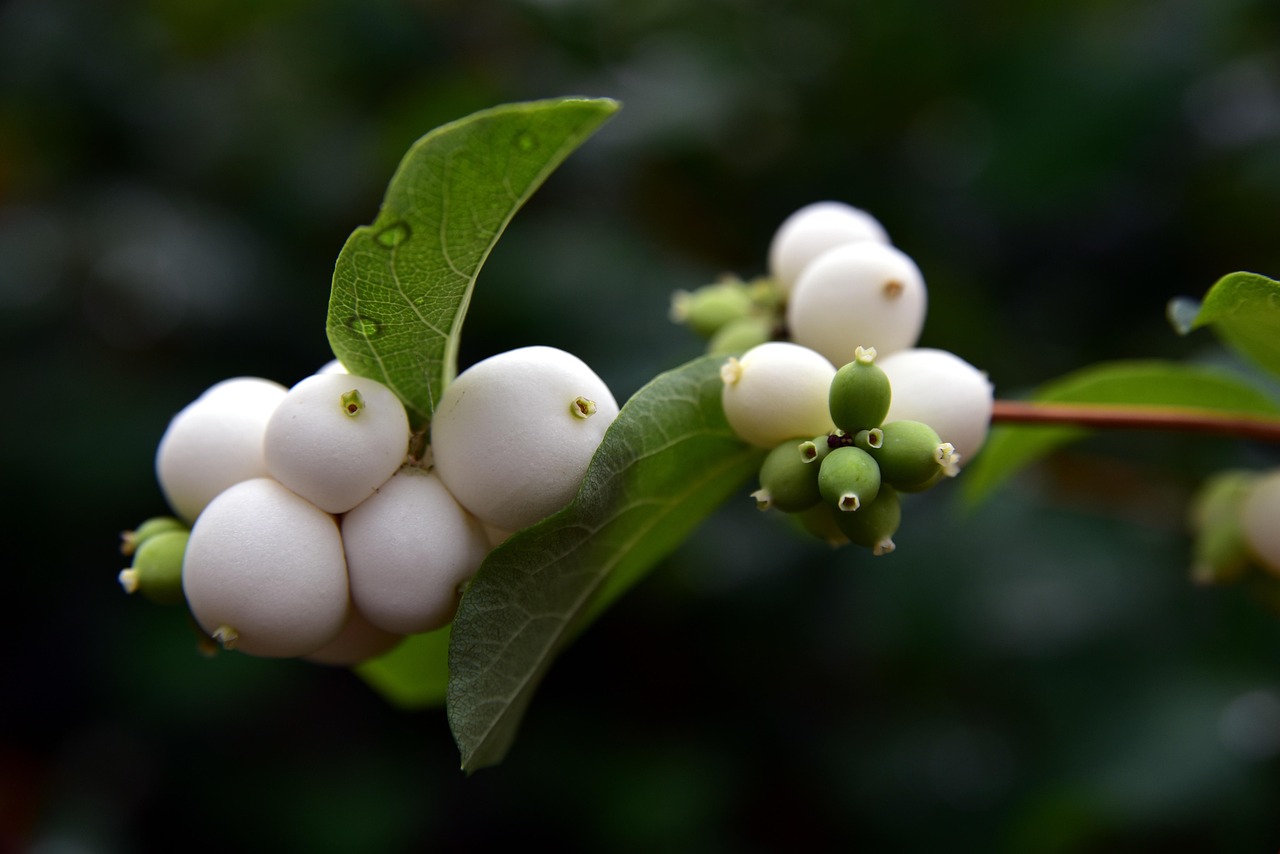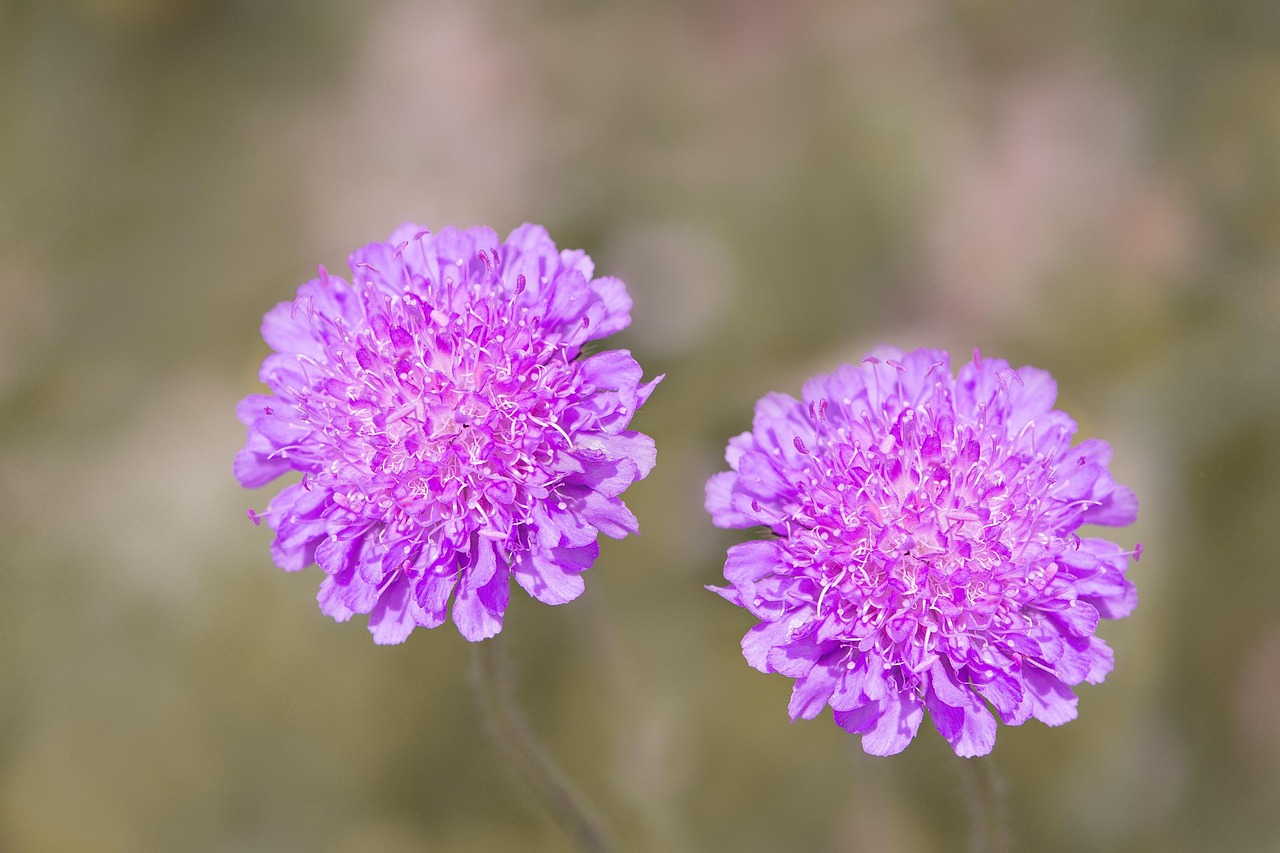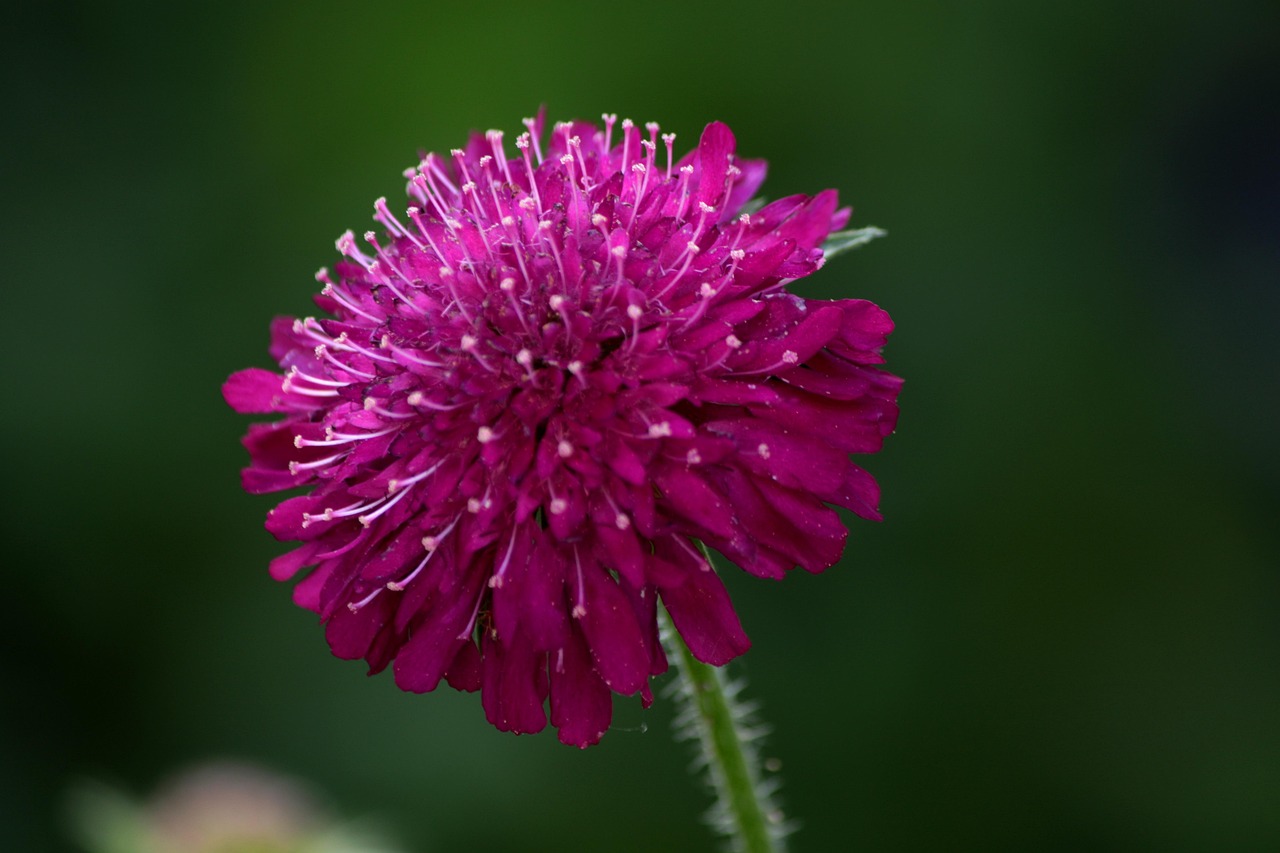Honeysuckle | Features and Care
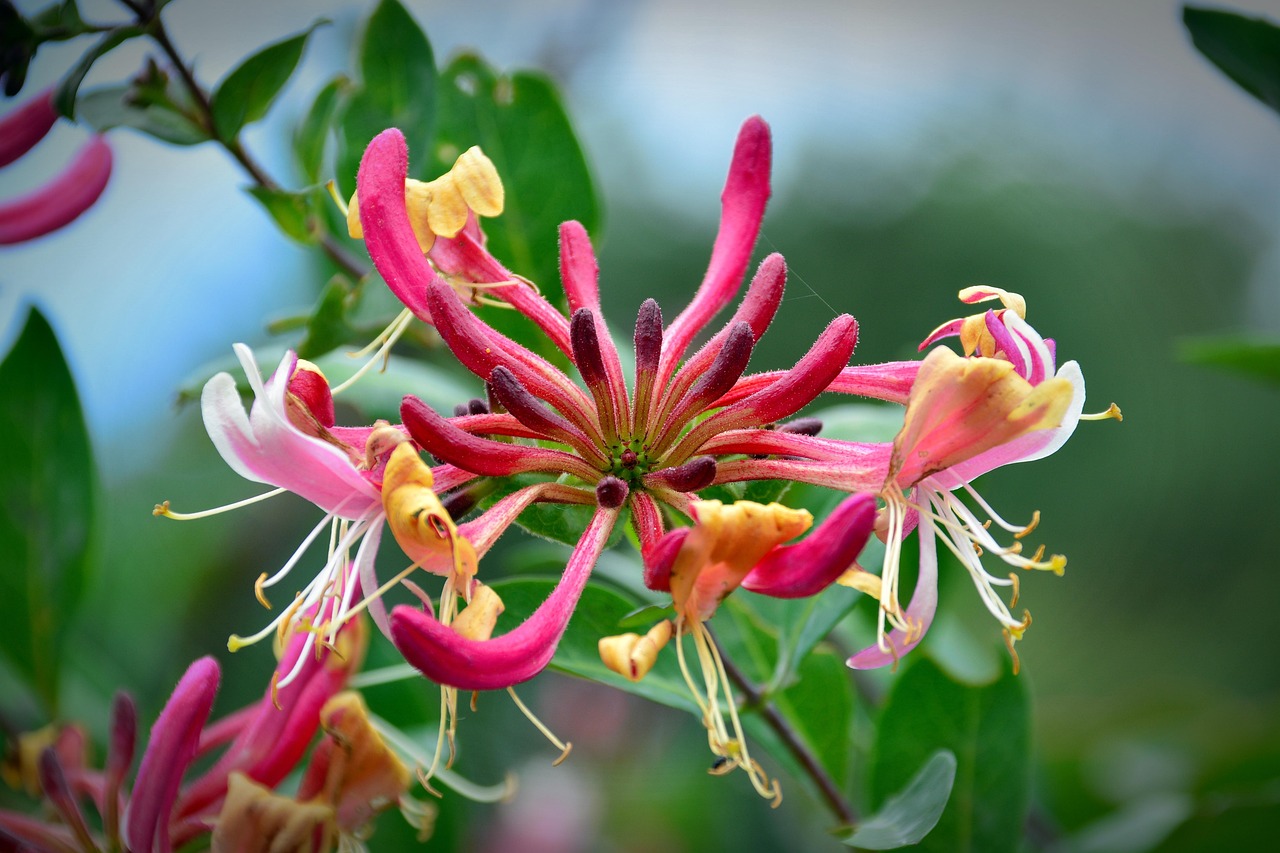
Honeysuckle is a deciduous climber known for its sweet fragrance and graceful, twining stems. Native to Europe, this member of the honeysuckle family blooms from early to late summer, producing tubular flowers in shades of white, cream, and yellow. These blossoms release their strongest scent in the evening, making them a beloved ornamental plant for garden arches and trellises.
This article explains the essential features, cultural background, historical significance, and care tips for honeysuckle.
Basic Information
- Scientific name: Lonicera periclymenum
- Family: Caprifoliaceae
- Origin: Europe, Western Asia
- Appearance: A twining climber that produces tubular flowers which open at the tips and change color from white to yellow. After flowering, it may bear small red berries.
- Flowering season: June to August
- Fruiting season: Late summer to autumn
Cultural Significance Around the World
Honeysuckle has been cherished across Europe for its fragrant blooms and ornamental appeal. In England, it is also known as “woodbine” and frequently appears in poetry and folklore as a symbol of romantic devotion. The plant is often associated with rural beauty and tradition, and its sweet scent at dusk makes it ideal for evening gardens.
In France and Germany, honeysuckle is a common sight adorning gates, walls, and pergolas. The plant’s evening fragrance is a valued feature in “night gardens” (jardins de nuit), where sensory experiences are emphasized.
Historical Background
In medieval Europe, honeysuckle was cultivated in monastic gardens and noble estates for its aromatic flowers. It was referenced by poets such as Edmund Spenser and William Shakespeare, who used it as a metaphor for affection and emotional bonds.
During the 18th century, honeysuckle gained popularity in formal gardens, and selective breeding enhanced its fragrance and appearance. By the Victorian era, it was a staple in romantic garden designs, often grown alongside roses to decorate fences and walls.
Gardening Tips
Honeysuckle requires support for climbing, so choose its planting location and structure with care.
Sunlight
Prefers sunny spots but can tolerate partial shade. More sun generally encourages better blooming.
Watering
Once established in the ground, it needs little watering unless during drought. For potted plants, water when the soil surface is dry.
Soil
Well-drained soil with a slightly alkaline pH is ideal. Enriching the soil with compost helps promote healthy root growth.
Fertilizer
Apply a slow-release fertilizer in early spring and again at the end of summer for better flowering and next year’s growth.
Pruning
Trim tangled vines and old stems after blooming to improve air circulation. Winter pruning can help shape the plant.
Training
Guide young vines with soft ties or string onto trellises or arches. Once established, the plant will climb naturally.
Conclusion
Honeysuckle is a charming climber with sweet-scented summer blooms that has been deeply woven into the cultural and literary fabric of Europe. Known as “woodbine” in England, it has symbolized love and longing in poetry and drama for centuries. From medieval monastery gardens to modern pergolas, it has served both decorative and sensory roles.
With proper support and sunlight, its graceful form and fragrance can bring romantic elegance to any outdoor space. A quiet evening surrounded by honeysuckle’s scent becomes a moment to savor the subtle rhythms of the season.

